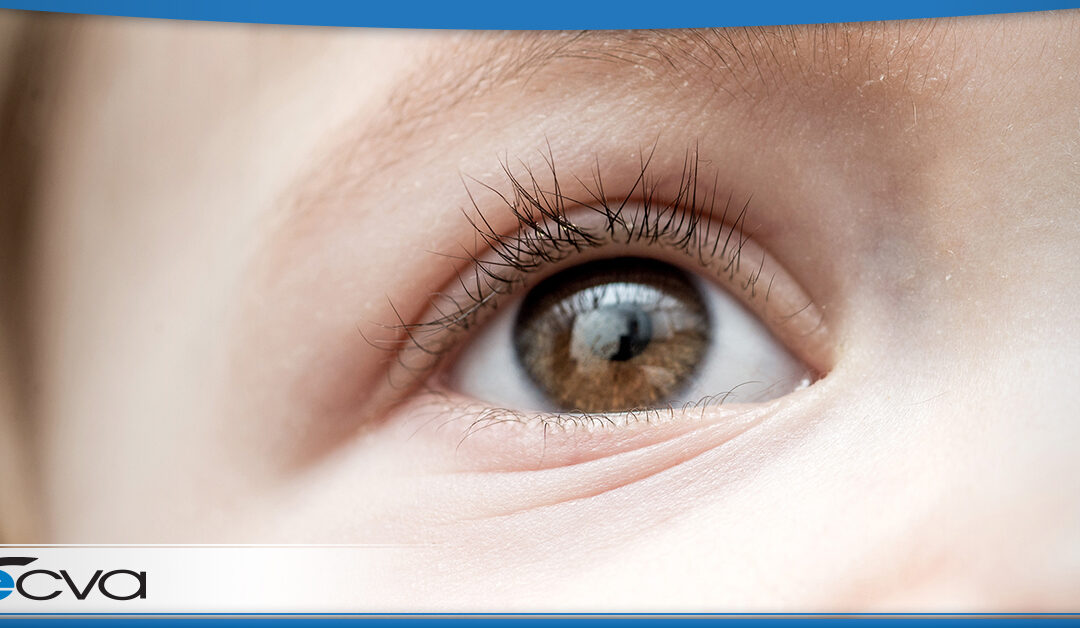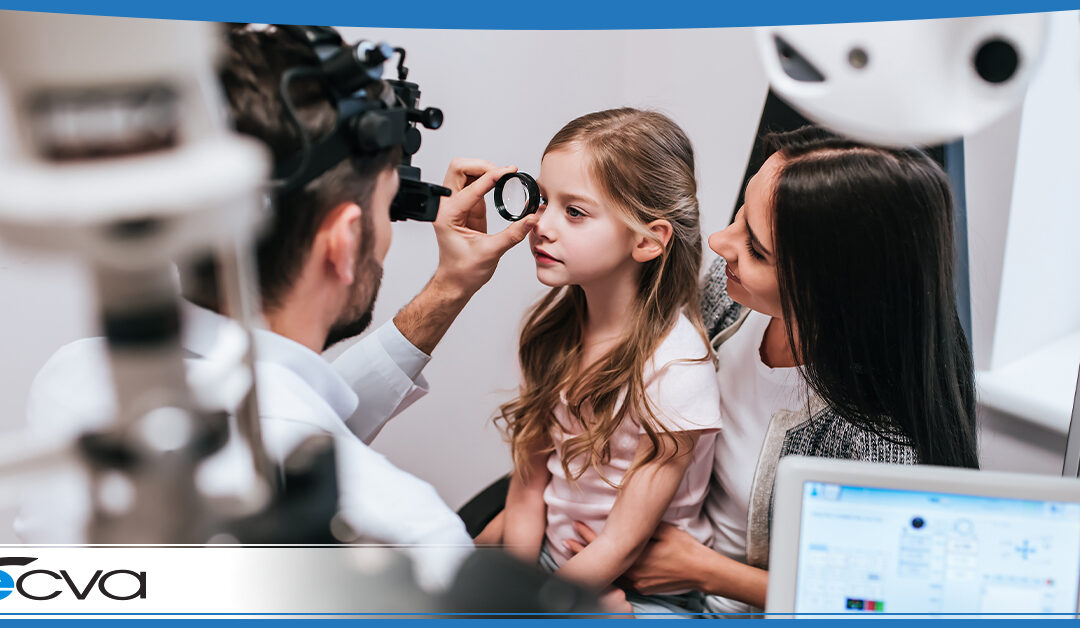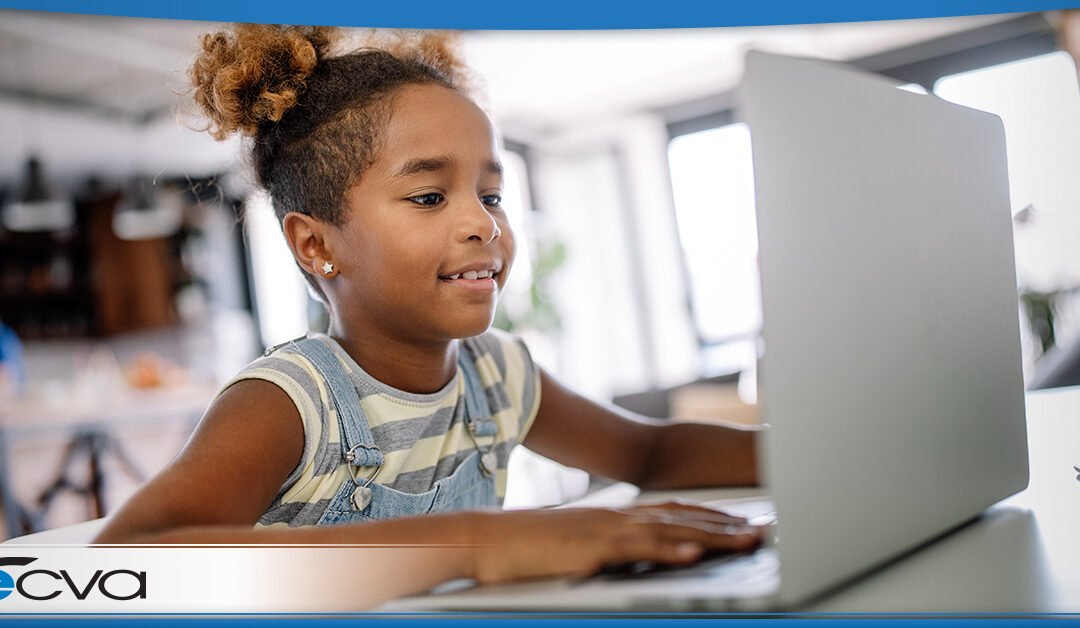
by ecvaeyeadminz | Aug 12, 2021 | Pediatric Ophthalmology
When people think of cataracts, they typically associate the condition with older adults. However, cataracts can happen much earlier in life, and they may even be present at birth. If you would like to learn more about congenital cataracts – including what...

by ecvaeyeadminz | Aug 12, 2021 | Pediatric Ophthalmology
When people think of cataracts, they typically associate the condition with older adults. However, cataracts can happen much earlier in life, and they may even be present at birth. If you would like to learn more about congenital cataracts – including what...

by ecvaeyeadminz | Jun 19, 2021 | Pediatric Ophthalmology
Many parents aren’t familiar with all of the conditions that can impact their child’s eyes or vision. Pediatric ptosis, while common, isn’t necessarily widely known. If you are wondering what pediatric ptosis is, what the signs of pediatric ptosis are, and...

by ecvaeyeadminz | Jun 19, 2021 | Pediatric Ophthalmology
Many parents aren’t familiar with all of the conditions that can impact their child’s eyes or vision. Pediatric ptosis, while common, isn’t necessarily widely known. If you are wondering what pediatric ptosis is, what the signs of pediatric ptosis are, and...

by ecvaeyeadminz | Mar 26, 2021 | Pediatric Ophthalmology
Many parents are aware that limiting their children’s screen time is a good idea. However, most parents aren’t entirely sure where they should draw the line. When it comes to screen time for kids, some common questions parents...






